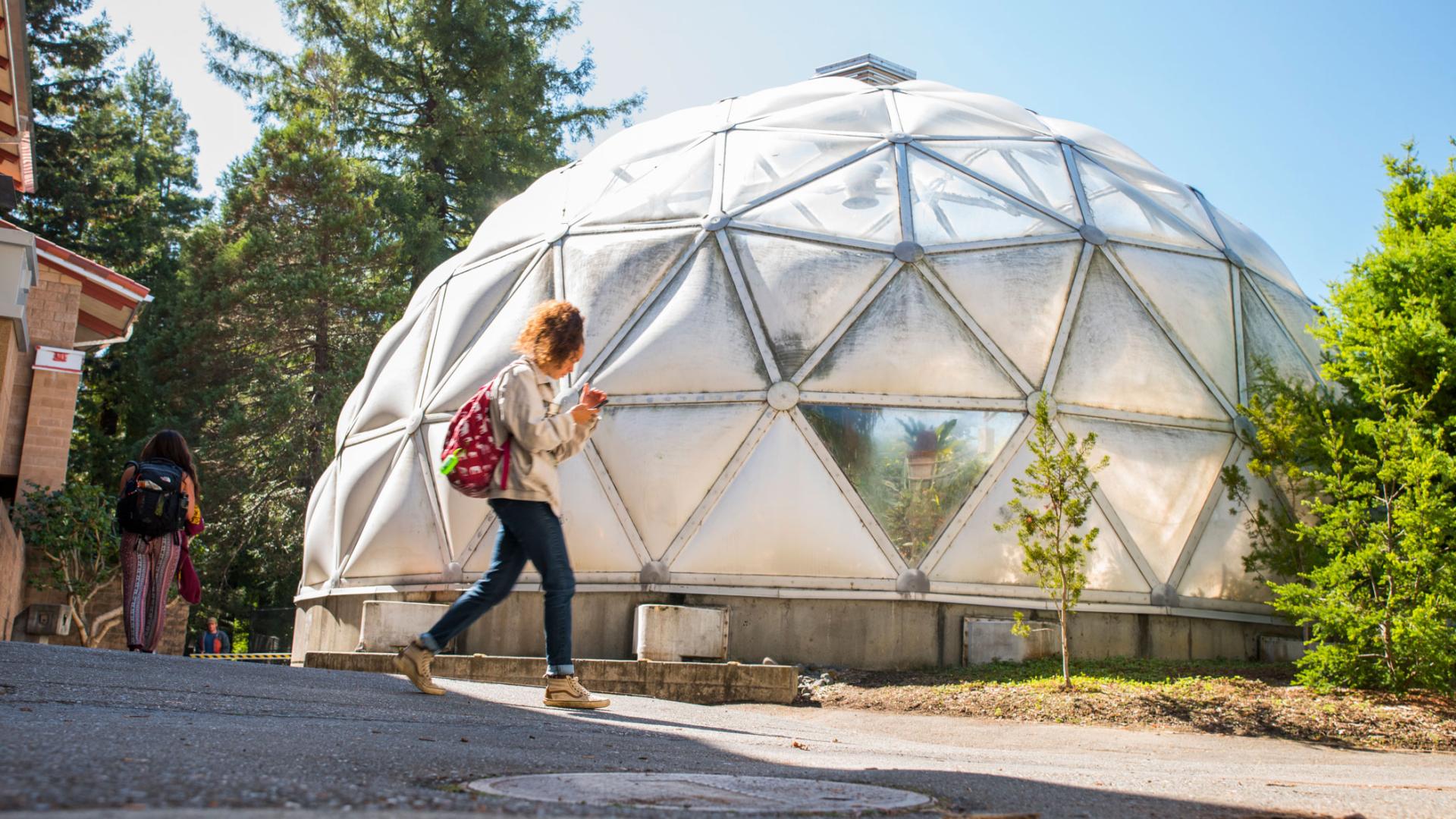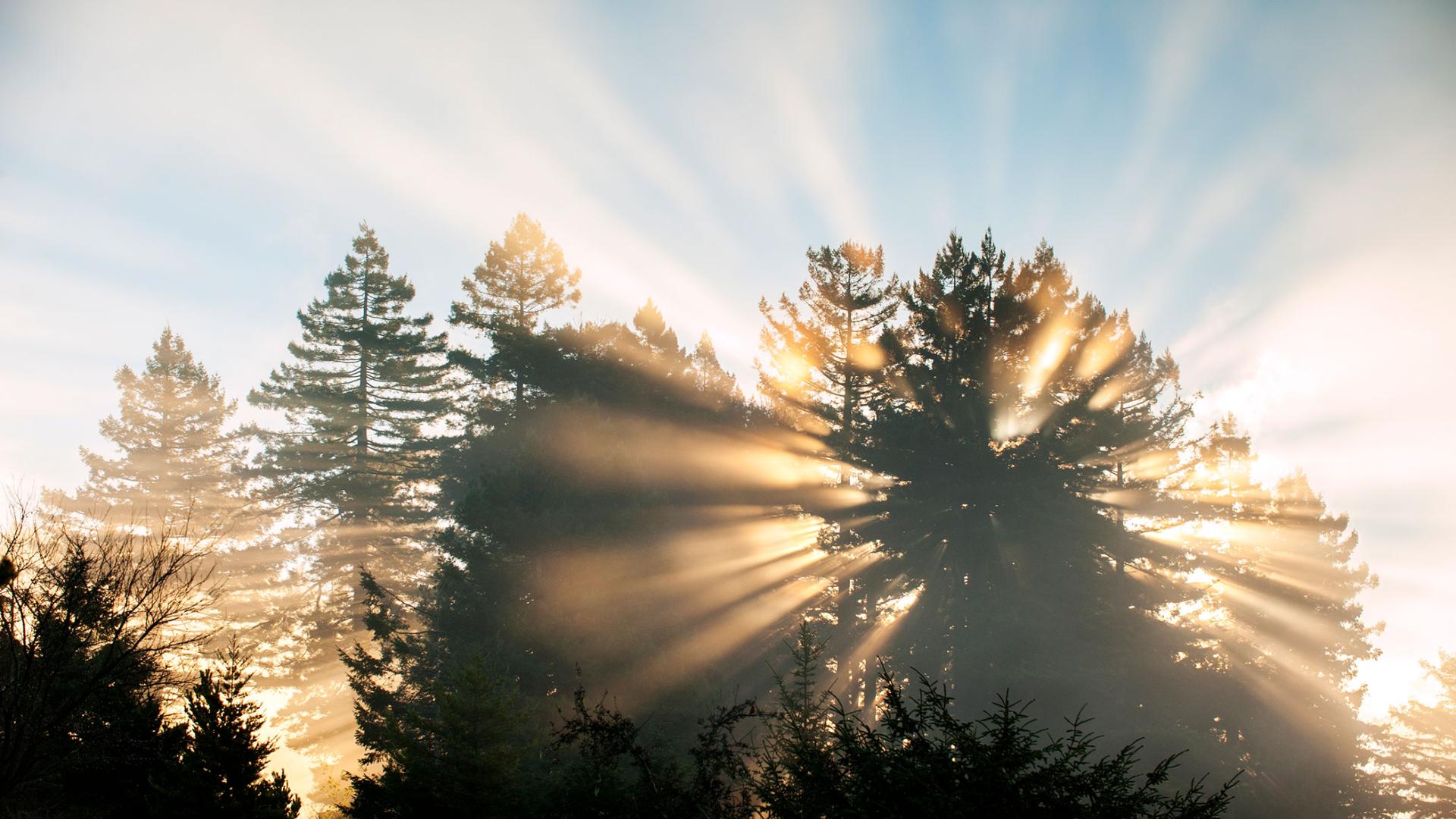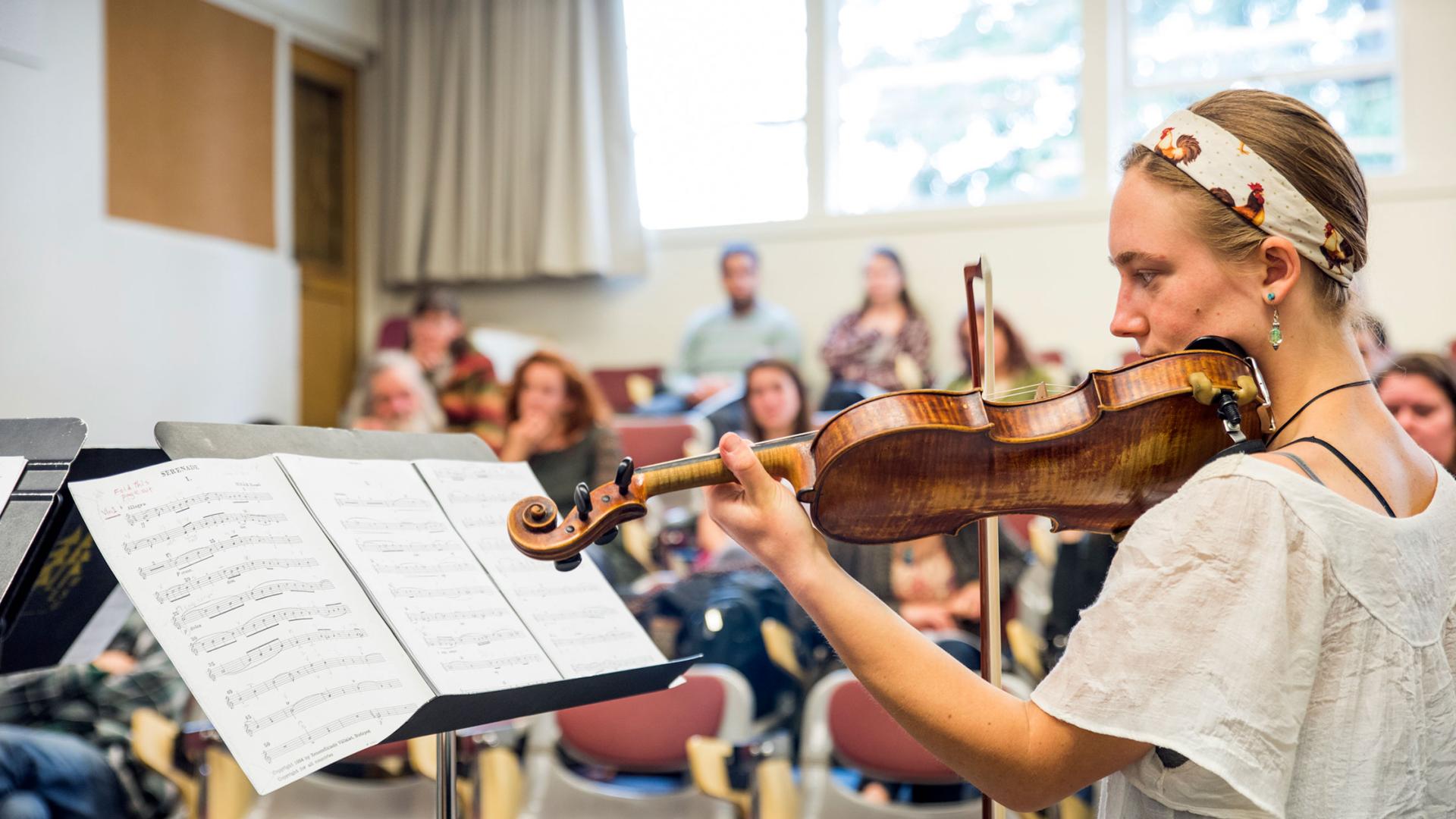Breadcrumb

- Biological Sciences
- Graduate Program
Erik Jules Ph.D.
Professor - Botany and Ecology
Department Chair
Erik was born and raised in Baltimore, Maryland, attended Ithaca College in upstate New York as an undergraduate, and completed his PhD at the University of Michigan. Before coming to Cal Poly Humboldt, Erik spent a year as a postdoctoral researcher at the University of California, Santa Cruz.
- BA (1989) Ithaca College
- PhD (1997) University of Michigan
- Population & Community Ecology
- Principles of Ecology
- Plant Ecology
- Environment & Culture: How People Transformed a Continent
I am primarily interested in plant population and community ecology. Some of my recent studies concern tree-climate relationships; landscape-level changes in trophic interactions; the spread of non-native pathogens; the loss of open forest due to encroachment; the effects of habitat fragmentation on plant extinction risk, and the role of plant genetic diversity in governing communities of herbivores and ecosystem processes. I also have a passion for environmental history.Link to Erik's research page
SAMPLES
- Jules, E.S., M.H. DeSiervo, M.J. Reilly, D.S. Bost, and R.J. Butz. 2022. The effects of a half century of warming and fire exclusion on montane forests of the Klamath Mountains, California, USA. Ecological Monographs. e1543. https://doi.org/10.1002/ecm.1543
- Jules, E.S., P.J. van Mantgem, B.G. Iberle, J.C.B. Nesmith, and R.M. Rochefort. 2020. Whitebark pine in the National Parks of the Pacific states: an assessment of population vulnerability. Northwest Science 94:129-141.
- Bost,, D.S., E.S. Jules, M.J. Reilly, Y. Zhiqiang, M.H. Desiervo, and R.J. Butz. 2019. Assessing spatial and temporal patterns of forest decline across a diverse landscape in the Klamath Mountains, CA, USA using a 28-year Landsat time-series analysis. Landscape Ecology 34:2599-2614.
- Kurkjian, H.M., S.K. Carothers, E.S. Jules. 2017. Seed predation has the potential to drive a rare plant to extinction. Journal of Applied Ecology doi:10.1111/1365-2664.12808.
- Jules, E.S., J.I. Jackson, P.J. van Mantgem, J.S. Beck, M.P. Murray, and E.A. Sahara. 2016. The relative contributions of disease and insects in the decline of a long-lived tree: a stochastic demographic model of whitebark pine (Pinus albicaulis). Forest Ecology and Management 381:144-156.
- Jules, E.S., A.L. Carroll, A.M. Garcia, C.M. Steenbock, and M.J. Kauffman. 2014. Host heterogeneity influences the impact of a non-native disease invasion on populations of a foundation tree species. Ecosphere 5(9).
- Jules, E.S., A.M. Ellison, N.J. Gotelli, S. Lillie, G. Meindl, N.J. Sanders, A.N. Young. 2011. The influence of fire on a rare serpentine plant assemblage: a five year study of Darlingtonia fens. American Journal of Botany 98:801-811.
- Kauffman, M. J., J.F. Brodie, E.S. Jules. 2010. Are wolves saving Yellowstone’s aspen? a landscape-level test of a behaviorally mediated trophic cascade. Ecology 91:2740-2753.
- Carroll A.L. and E.S. Jules. 2005. Climatic and ecological implications from a 580-year Port Orford cedar (Chamaecyparis lawsoniana) chronology in the Pacific Northwest, USA. Madroño 52:114-122.
- Jules, E.S., M.J. Kaufmann, W. Ritts, & A.L. Carroll. 2002. Spread of an invasive pathogen over a variable landscape: a non-native root rot on Port Orford cedar. Ecology 83:3167-3181.
- Jules, E.S. 1998. Habitat fragmentation and demographic change for a common plant: trillium in old-growth forest. Ecology 79:1645-1656.
Graduate Students
Current:
Molly Smith Metok, Emily Jackson
Former:
Erin Alvey, Drew Bost, Jane Cipra, Melissa DeSiervo, David Franklin, Jenell Jackson, Marcus Jones, Helen Kurkjian, Sheilah Lilly, David Loya, Laura Morgan, Jason Nuckols, Jennifer Palladini, Ethan Reibsome, Andres Rodriguez, April Sahara, Joseph Saler, and Elizabeth Wu





